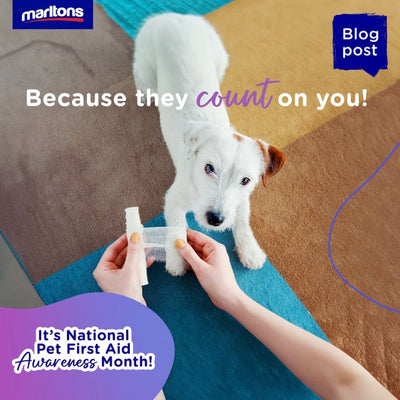Thinking of getting a rabbit or bunny? There are loads of reasons why they make great pets. For one, they’re inexpensive and very easy to own – however, they’re smart, sweet and social animals who need daily attention. They love to play and can be just as silly as a puppy. Now that we’ve convinced you to get one… Here’s what you need to know before you make the jump to rabbit owner!
STEP ONE: RESEARCH BREEDS
Let the fun begin! Start by researching rabbit breeds and deciding which one would suit your home situation best. The most common rabbit breeds in South Africa are:
- Cotton Tail Rabbits
- Angora Rabbits
- Himalayan Rabbits
- Flemish Giant Rabbits
It’s also important to remember that rabbits are social animals that prefer to live in groups as opposed to alone. If possible, always try to have at least two rabbits or you’ll need to play with your furry friend more often and use enrichment toys to keep them pre-occupied.
STEP TWO: GET YOUR HOME RABBIT-READY
That means bunny-proofing your home! Whether you choose to keep them in a special room or allow them to roam freely in part of your home, you’ll need to do the following - because bunnies and rabbits love to chew things:
- Cover any loose cables
- Remove any toxic plants from your home
- Cover anything that can be chewed with plastic guarding
- Block off any areas that you feel could be dangerous or where your furry friend could get lost
STEP THREE: SAFE OUTDOOR HOUSING
They might be small, but rabbits need space to jump, run and explore. You’ll need to make sure your rabbit has a safe space outdoors too. Our suggestion is a hutch that is filled with enough sawdust (like our Marltons Pet Bedding) or another appropriate bedding to ensure your furry friend has a comfy spot to nap. This will help keep them safe from any birds of prey and offers a cosy spot for them to retire when the sun is too hot. However, if you experience any extreme weather, be sure to bring your furry friend indoors. Pet rabbits and bunnies are not equipped to deal with extreme heat or cold like their wild counterparts.
It’s also important to remember that rabbits and bunnies love to burrow - so make sure you corner off any area of the garden you don’t want them to dig up!
STEP FOUR: RABBIT FOOD
Did you know that rabbits need to eat lots of small portions throughout the day? In their natural habitat, they’ll usually chomp on leaves, weeds, grasses, plants and bushes. So, it’s important to ensure your pet rabbit is getting the right nutrients too. Your best bet is to research your rabbit breed’s diet of choice and consult your vet. But generally speaking, your furry friend will need a mix of:
- Fresh grass and hay
- Fresh veggies
- Rabbit pellets like our delicious, high quality Marltons Rabbit Food - which is suitable for all rabbits
- Root vegetables and fruit that are high in sugar and fat
It’s also important that your rabbit has access to fresh water. And, last but not least: Make sure you avoid foods that are bad for your rabbit, like:
- Avocados
- Cherries
- Nutmeg
- Sweat Peas
- Tomato leaves
STEP FIVE: RABBIT REST ROOM
Did you know that rabbits and bunnies can learn how to use a litterbox - just like kitties? You’ll need to place a litterbox with low sides in your rabbit’s space. Encourage your furry friend to use the litterbox by placing some of his or her droppings in the litter tray. When it comes to litter, experts recommend you steer clear of anything made from wood shavings as well as clumping and dusty litter. Rather opt for natural options like our Marltons Regular Litter for Cats or newspaper and paper shavings. Make sure you clean the litter tray regularly to prevent any disease.
Does your rabbit need further encouragement to use its litter box? Try adding fresh hay to their litter box every day!
STEP SIX: PLAY. CUDDLE. REPEAT.
Now, for the best part about owning a rabbit: rabbits love to play and can be very affectionate. Make sure you set aside some time each day to play with yours. Since rabbits are most active in the late afternoon and evening, after work could be the ideal time for you!
Looking for more pet care advice? While you’re here, take a look at our blog.







